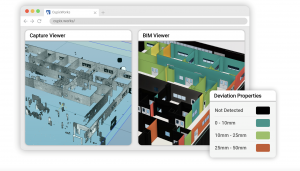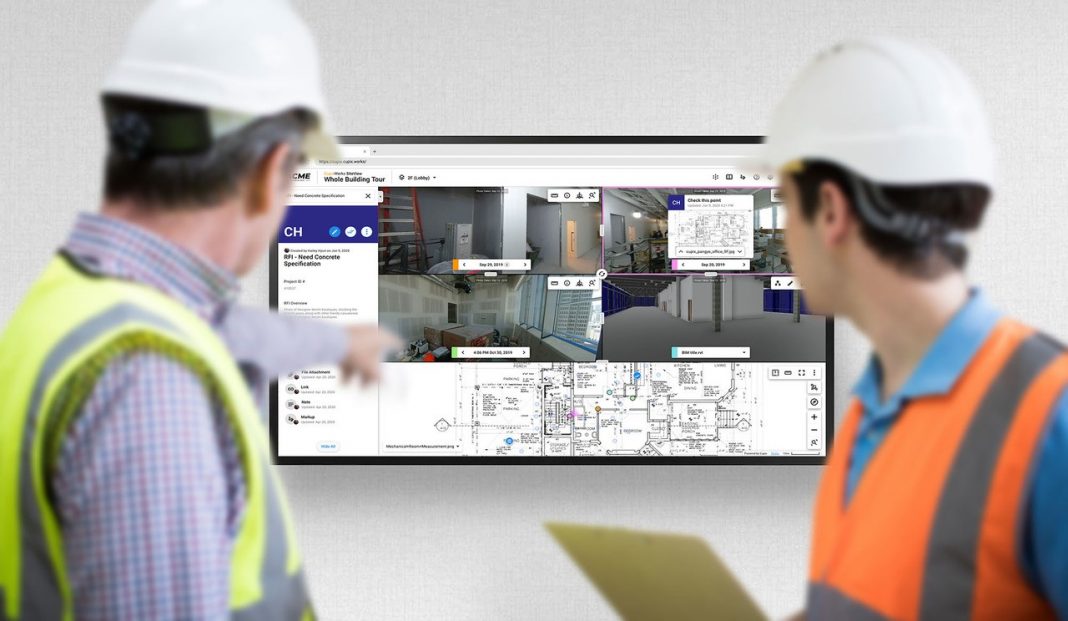Digital twins are delivering value across the entire built world lifecycle, says Simon Bae, founder and CEO of US-based Cupix
Consider the term “BIM/VDC”. What does it mean to you?
If you’re like a lot of construction industry professionals, it’s synonymous with the planning stages of a project. It’s used to plan construction work, not do it.
Although no one would blame you for that view (it’s still fairly commonly held), it’s woefully out of date.
Here’s why: advances in 3D digital twin technology have driven the evolution of BIM/VDC in ways that have taken it to another level. As a result, BIM/VDC is now being used throughout the entire lifecycle of properties – from pre-construction all the way through to maintenance and operation.
The most progressive builders and owners have discovered that using a 3D digital twin from the pre-construction phase all the way through to handoff and management and maintenance phase not only keeps a construction project on-time and on-budget but also eliminates risk, complexity and cost after the project is completed.
Over the last few years, a diverse range of visually focused technology solutions has come to market, each seeking to solve a different problem.
However, the challenge is that many of these solutions are optimised for just one phase of a building’s lifecycle – be it pre-construction, construction, post-construction or maintenance and operation.
But builders working on a remodelling project, which accounts for roughly 70% of all construction projects in the US, need to know the full history of the site’s construction before they can deliver a reliable, accurate bid.
Owners need to have a complete 3D representation of what’s happened with the building over time before they can make informed decisions. And property managers need historical 3D site documentation in order to stay on top of required maintenance issues.

Delivering value from start to finish – and every point in-between
New capabilities in the arena of 3D digital twin platforms that can help owners and builders across the entire built-world lifecycle – before, during and after a project has been completed.
New, breakthrough solutions, currently available in the marketplace, allow for much more frequent 3D site capture at much lower costs with much higher quality data, making them ideal for helping:
- Designers and contractors more effectively and efficiently develop designs, plans and estimates for construction projects while avoiding surprises and delays.
- Builders and owners during the construction phase with project management, site documentation, change orders, inspections and reporting, and keeping the entire project on time, on budget and on target.
- Builders and owners once construction is completed with final inspections, closing out subcontractors, commissioning and owner handovers.
- Property managers with even more efficient and effective maintenance and operation of a facility once it’s completed, including regular upkeep and maintenance, asset management, compliance and sustainability checks, public safety and managing upgrades and improvements when necessary.
Having up-to-date 3D visual representations of a physical site or asset while enabling secure collaboration and ongoing data analytics delivers all kinds of value to everyone involved in a project – owners, engineers, general contractors and subcontractors, project managers, BIM/VDC experts and property management companies.
3D digital twin technology is a game-changer for the AEC sector, including builders, owners and property managers. And you can expect to see a lot more noise and hype around this term in the future.
However, for a 3D digital twin really to deliver full value, look for a solution that reflects the as-built environment every step of the way, across the entire built-world lifecycle, not just a subset of it.
Simon Bae
Founder and CEO
Cupix
Twitter: @cupixinc
LinkedIn: Cupix
Youtube: Cupix














